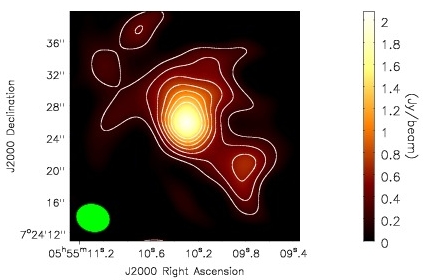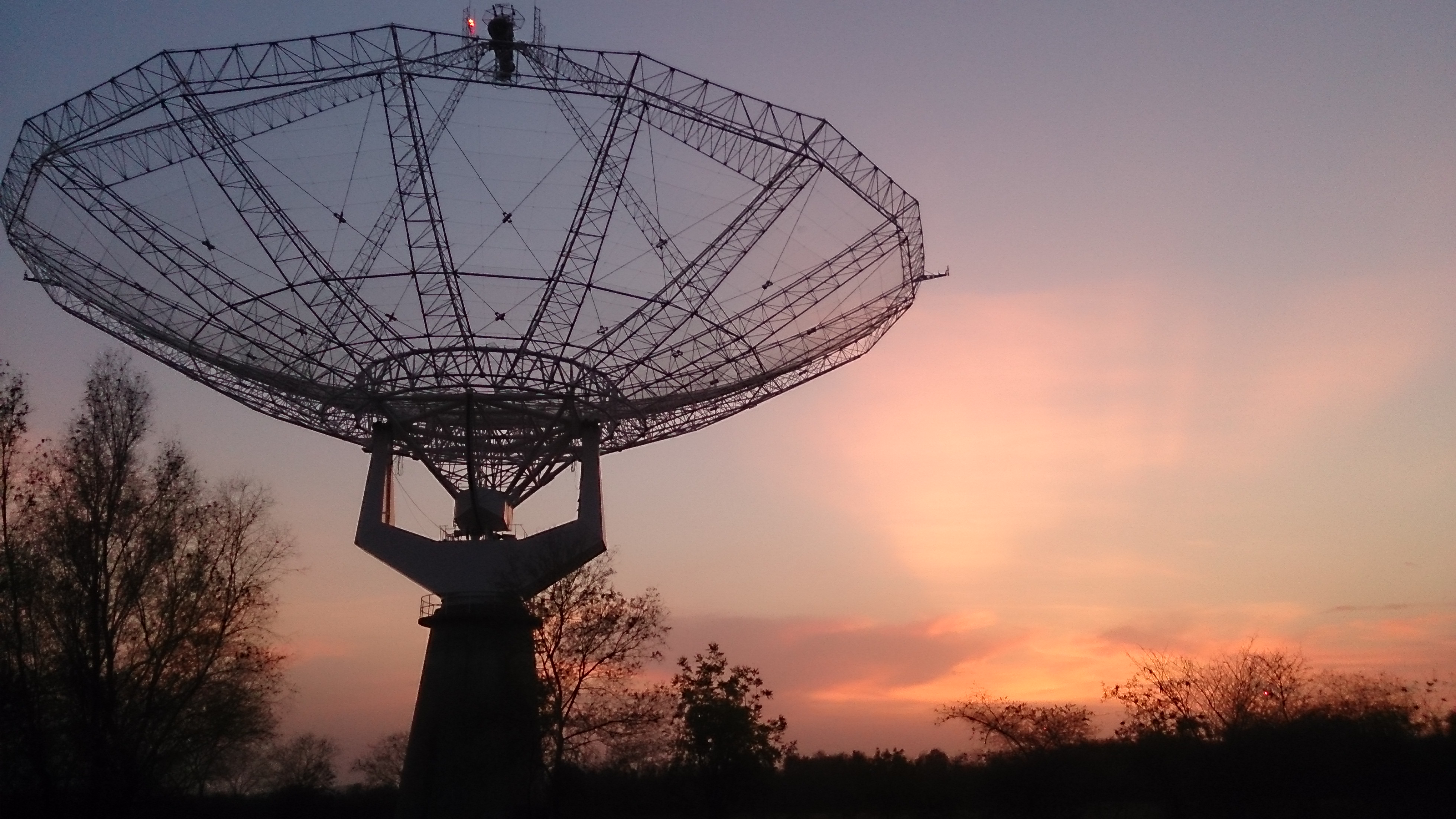Research
My research is currently focused on understanding the complex stellar environments (i.e. chromospheres, winds and circumstellar regions) of cool evolved stars using centimeter and millimeter interferometers.

Circumstellar Environments of Red Supergiants
Mass loss from red supergiants results in the transport of vast amounts of material back into the interstellar medium, which is eventually then used to make the next generation of stars and planets. Despite the importance of this process the mechanisms which drive this mass loss process are not fully understood. The circumstellar envelope of Betelgeuse is a proving ground for ideas and theories of mass loss from oxygen-rich M supergiants. We have used the CARMA interferometer in multiple configurations to image CO over spatial scales as small as 0."9 over a 32" field of view. The resulting radio maps reveal the true complexity of Betelgeuse's outflow region. We are involved in a project which will use ALMA to study Betelgeuse's inner circumstellar environment with even higher spatial resolution and sensitivity.

Radio Emission from Dust-Free Red Giants
Even though the mass loss rates of red giants are not as large as the red supergiants, it still is usually many orders of magnitude greater than that of the Sun. The mechanisms which drive these cool, low velocity winds remain an enduring mystery. Multi-wavelength centimeter continuum observations of non-dusty red giants directly sample their wind acceleration zones where most of the energy that drives their mass loss is being deposited. These stars are feeble thermal emitters at these wavelengths however, and have been very difficult to detect in the past. We have recently used the Karl G. Jansky Very Large Array (VLA) at multiple wavelengths to detect the thermal continuum emission from Arcturus and Aldebaran between 0.7 and 20 cm. This is the first time a luminosity class III red giant has been detected longword of 6 cm.

Extrasolar Planets around Red Giants
The magnetic planets of our solar system have long been known to emit intense and highly polarized emission at very long radio wavelengths, mainly as a result of the interaction between the planet's magnetosphere and the solar wind. It is also expected that extrasolar planets emit such radiation which may be detectable with existing long wavelength radio interferometers. We are undergoing a study of the nearest red giant called Pollux, which is known to have a planetary companion. Pollux is a coronal evolved cool star and has a mass loss rate ~6,000 that of the Sun. We are using the Giant Metrewave Radio Telescope (GMRT) in India to search for this faint planetary radio signature.